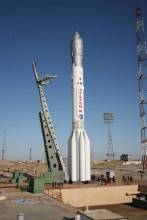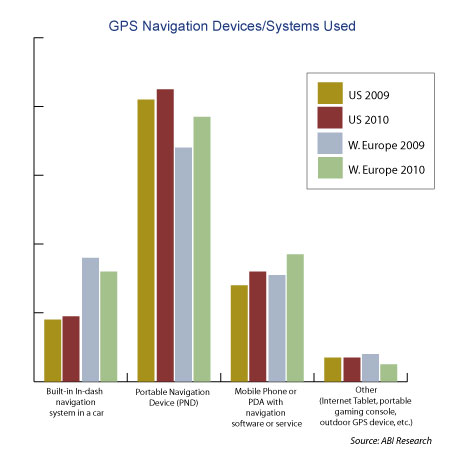 David Madden, Space and Missile Systems Center executive director. U.S. Air Force photo
David Madden, Space and Missile Systems Center executive director. U.S. Air Force photoThe Air Force is working on a creative acquisition strategy to ensure there is a vigorous competition to build the next tranche of GPS III satellites, says a key acquisition official.
The Air Force is working on a creative acquisition strategy to ensure there is a vigorous competition to build the next tranche of GPS III satellites, says a key acquisition official.
Air Force Space and Missile Systems Center (SMC) Executive Director David Madden told attendees at a breakfast sponsored by the Air Force Association’s Mitchell Institute for Aerospace Studies today (March 11, 2015) that there is no question a competition will be held to build GPS III space vehicle 11 (SV11) and beyond. Madden has a special insight into the program, having served as director of the SMC GPS Directorate (then known as the GPS Wing) for three years.
“We only had acquisition approval to buy 12 satellites sole-source,” Madden told the group, explaining that the Air Force would have to provide legal justification to award more satellites to prime contractor Lockheed Martin without opening the deal to new firms. The Air Force will soon contract with Lockheed to build SV9 and SV10.
Several companies have expressed interest in the follow-on contract, he said, telling reporters that GPS IIF prime contractor Boeing still had its team together as did Northrop Grumman. He added that Ball Aerospace, General Dynamics, and perhaps a third company were interested in providing the payload.
The challenge, Madden added, will be to structure the competition.
“What you’ve got is an established contractor with Lockheed building the satellites, he said. “And for someone else to come into the game they’ve got to get up to speed very quickly. We can give them time, but how much corporate investment do they need, of their own, to be able to get to a level of design that we would feel comfortable with?”
SMC announced last year it would follow a two-phase approach. In phase 1, which appears on track to take place this year, it would award up to two Production Readiness Firm Fixed Price (FFP) contracts to help the selected competitors reach the critical review milestone for the space vehicle and navigation payload with demonstrations and qualification of the SV subsystem boxes.
The New Normal in Acquisition
Madden told the March 11 breakfast meeting that he was working with the Pentagon’s chief weapons buyer, Under Secretary of Defense for Acquisition, Technology and Logistics Frank Kendall, to find a way to make the competition appealing to companies — especially given that the Air Force does not have the money to do things the way they used to.
“In the old days we’d give them each half a billion dollars,” he said. “They’d go off and do the design work. We’d do a run off, and then one of them would win. Now we’re trying to say how do we get them far enough along, on their own investment, and try to keep that investment to a minimum so they can get a return on that investment quickly. Because we know it’s a business deal, too — otherwise they won’t compete.”
One option is for the would-be contractors to share information with the Air Force.
“We want to get them to a critical design level but we don’t want to slow them down ourselves,” Madden said.
The Air Force would stay out of the companies’ day-to-day work, he suggested, but would ask for enough information to follow their progress.
“We believe they can get there a lot faster if we’re not in there side-by-side with them all the way,” he explained, “Yet if we have access to the data, when we get to the proposal phase, we understand the design so [that] we’re not going in cold and then it takes us six months to figure out what the heck they did. So, we’re trying to find a balance in there.”
Madden still needs to determine how many satellites his team will be allowed to buy at one time, he told attendees.
“The more we can buy, the more they can spread the cost across the satellites because it’s a guaranteed procurement, he said. “We’re not sure how many the department will let us buy.”
Madden told reporters that he believed the interference problems in the navigation payload that had delayed the program and angered Air Force officials have been resolved
Even so, getting the flexibility of a fully digital payload is one of the competition’s key goals, he told Inside GNSS.
“As we try to add new signals, more power stuff, like that,” he said, “the current design doesn’t lend itself very well to change very rapidly. We really want to take it into the digital age.”





